Last Updated on June 29, 2024 by Jason
A vintage watch is more than just a tool to tell the time. It is an extension of your personality and style. That said, it is of utmost importance to ensure that your vintage watch is accurate, otherwise, it is just a piece of jewellery on your wrist. Regular maintenance and servicing can help prevent damage to your watch and maintain its timekeeping. Long term, this will also extend its lifespan and protect your investment. In this post, we will explore the signals that indicate it is time to get your vintage watch serviced by a qualified professional watchmaker.
How to tell if your vintage watch needs servicing?
A watch is a delicate timekeeping tool that requires regular maintenance to ensure it keeps accurate time and remains in good working condition. Like any machine with moving parts, they can’t run indefinitely without routine maintenance and lubrication. Ideally, it is recommended to have a vintage watch serviced every 5-10 years, even if the watch is running well, to maintain its optimal working condition. Outside of this regular maintenance, there are several indicators that a vintage watch may need a service, including:
- Your watch is running too fast or too slow. A well-maintained vintage watch should be no more than +/- 30 seconds a day.
- The second hand skips several seconds on each “tick”. This is an indicator in some quartz watches that the battery is running low.
- Condensation under the watch glass. This indicates exposure to moisture and requires immediate attention even if the watch is “waterproof”.
- You can hear a rattling noise in the case. This indicates that something has broken loose within the movement and requires immediate attention to prevent further damage. Allow the watch to run down and do not rewind until serviced.
- The hands or dial seem loose. As above, this indicates a serious issue which should be addressed as soon as possible.
- The crown fails to seat properly or appears at an angle.
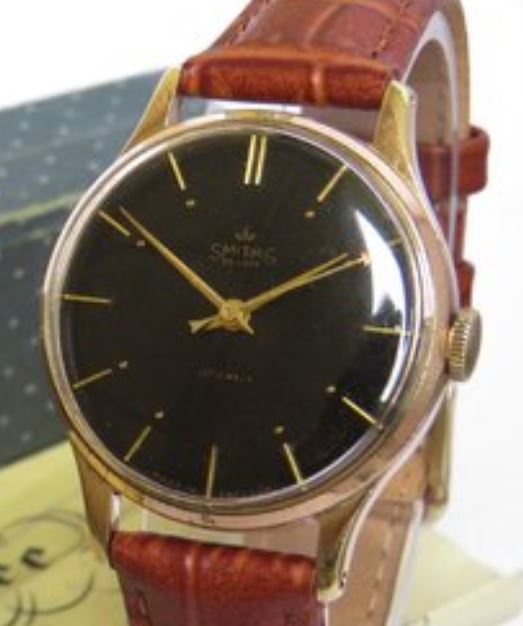
What is involved in a vintage watch service?
A vintage watch service is needed to clean the components and re-lubricate the movement. If this is done regularly it will ensure the timekeeping is within normal tolerances and prevent the oils from drying, which can potentially damage the movement. At first, the watchmaker will visually inspect the watch’s exterior, looking for any scratches or damage to the case or crystal. The crown and pushers are also checked to ensure they are functioning correctly. The watchmaker will then carefully take apart the case and movement. Every component will be examined individually to determine if there is any damage.
Over time, watch components can wear out or become damaged, particularly if the lubricants have dried out. The mainspring, balance wheel, and crown are the most commonly damaged components. The watchmaker will determine which components, if any, need replacement. For water resistant watches this could also include replacing the gaskets that make the case watertight.
Due to age, replacement parts for vintage watches are not always readily available. Prior to commencing the service, it’s important to clarify if genuine replacement parts are being used. These were made specifically for the watch in question by the original manufacturer. These components will almost certainly not be in production and will need to be sourced independently. This will no doubt come at a cost, but will help preserve the originality of the timepiece and its value as an investment. Using non-genuine parts is a cheaper option, but they may be made of inferior quality materials or have defects that make them difficult to fit correctly and can lead to further problems.
Ultrasonic cleaning
Once the vintage watch has been analysed for faults and the replacement parts sourced, the watch components will enter the cleaning phase. The watch components are gently placed into a specialised ultrasonic cleaner with a mild cleaning solution. The ultrasonic cleaner generates high-frequency sound waves that cause the cleaning solution to vibrate rapidly. This creates millions of tiny bubbles that implode upon contact with the watch components. This process gently lifts the dirt and grime away from the surface of each of the components. The components are then dried. The components will be reassessed for any damage before moving to the next stage.
Lubrication
The watchmaker will carefully apply specialised lubricants to each component using precise tools and techniques. The type and amount of oil used will depend on the specific requirements of each component and the manufacturer’s recommendations. Modern lubricants have a much longer lifespan than the lubricant that would have been originally in the watch. Older lubricants tended to dry out within 2-3 years, however, the current versions will last in excess of 10 years.
Water resistance and pressure tests
Note, that it is generally not recommended to treat vintage watches as waterproof or resistant. However, if the gaskets, case and crown are all in good condition the watch can undergo pressure testing to determine water resistance. The watch is placed inside a specialised pressure chamber to simulate underwater conditions. The chamber is pressurised to a level exceeding the watch’s resistance rating. If no issues are detected, the timepiece will pass the test and be certified as water-resistant up to its rated depth rating.
Watch polishing
Once the watch has been fully reassembled, the case will be cleaned and or polished. It is important to know the difference between the two processes. Cleaning will literally be a very light polish attempting to only remove dust and dirt, but not to remove scratches or other damage. Polishing is an attempt to restore the outer case to an as new condition, this would definitely detract from the originality of the timepiece. My preference is to always take the cleaning option to preserve the original patina and character.
Calibration
Once the vintage watch has been reassembled, the watchmaker will calibrate the timepiece. This involves adjusting the timing of the watch to ensure that it is keeping accurate time. This involves checking the watch’s timekeeping over a set period of time, usually 7 days. The balance wheel, hairspring, and other components are adjusted as needed to improve its accuracy. The watchmaker will also check the watch’s power reserve, which is the amount of time the watch can run on a full wind. This involves checking the mainspring tension and ensuring that it is properly wound to provide maximum power reserve. The power reserve test is conducted for both manual wound watches and automatics. Additionally, the watchmaker can conduct shock resistance tests to ensure the watch can withstand standard shocks and impacts, such as those encountered during everyday use.
Use a qualified watchmaker
A vintage watch has both sentimental and monetary value, so it is important to keep it well-maintained and reliable. Regular servicing is part of this process and to ensure the longevity of your vintage watch you should only entrust serving to a qualified watchmaker. In the UK, the British Horological Institute supplies a list of Accredited Repairers for vintage watch servicing. There will be similar organisations in other countries that will be able to recommend qualified and accredited watchmakers.
Summary
If you enjoy wearing your vintage watch, and you want to continue doing so, it is well worth considering a service. In many cases, the service history is unknown, which means a watch could have gone decades without maintenance. A fast-moving mechanical movement running without lubrication is operating with excessive friction and is likely to be causing damage with every tick. For peace of mind and to ensure the vintage watch is ready for its next owner, consider a service.
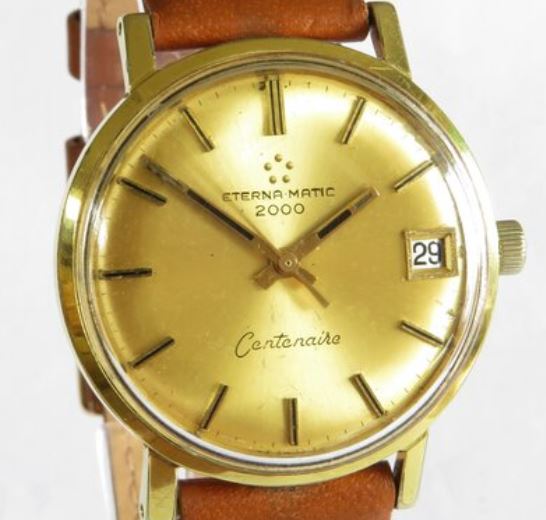
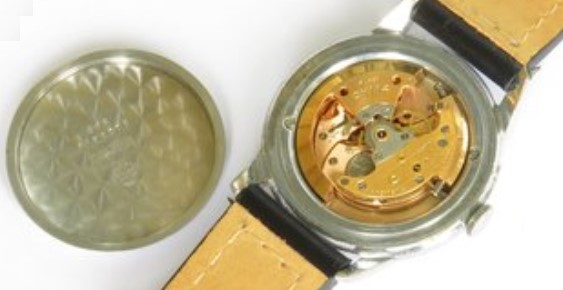
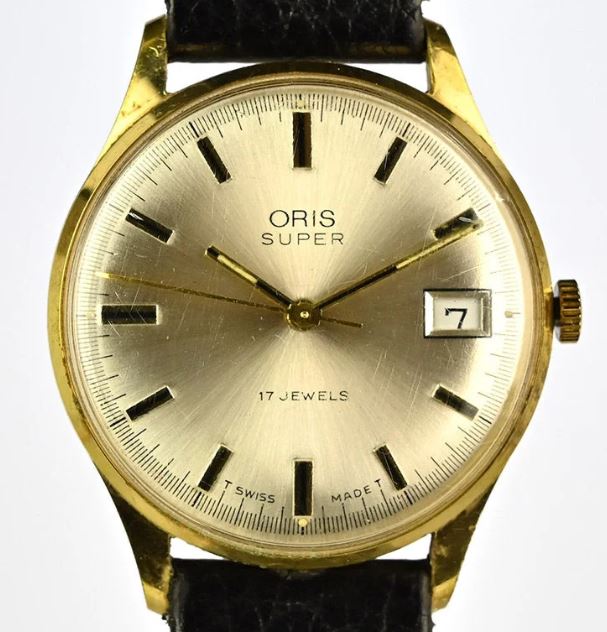
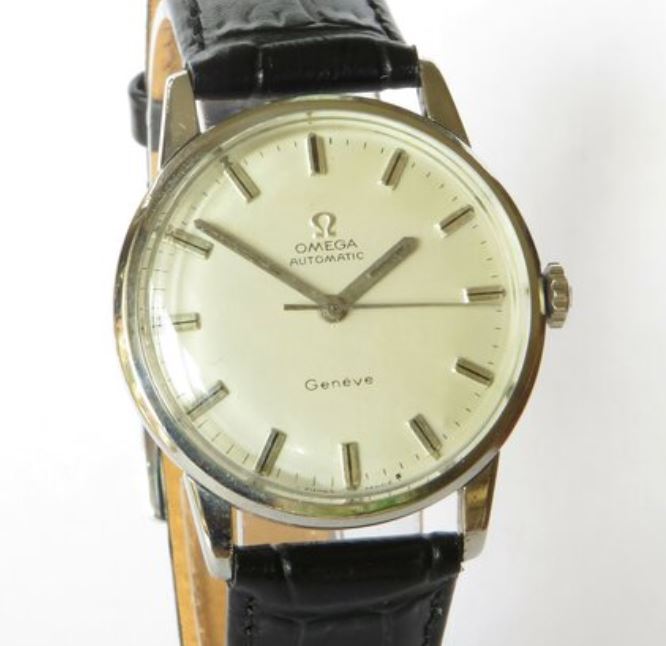
Leave a Reply